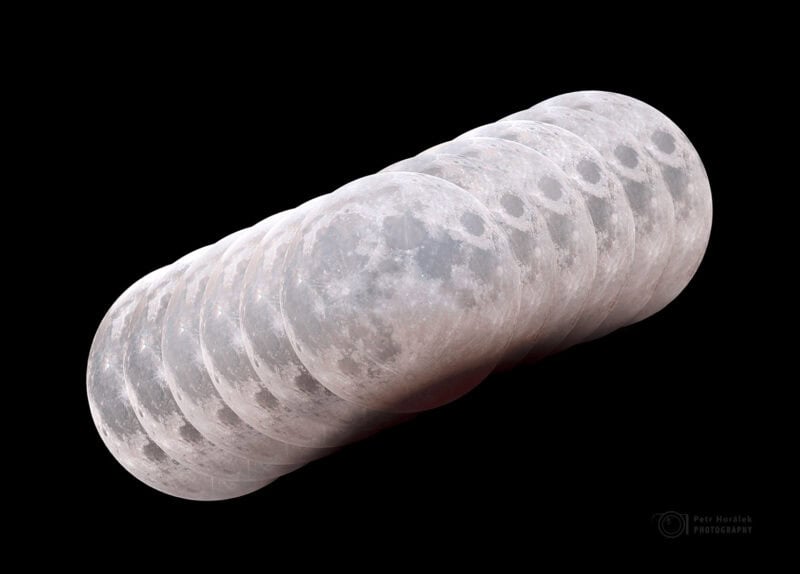Petr Horálek is a multiple award-winning astrophotographer who has achieved over 40 APODs over the past ten years!
He captures stunning nightscapes like this:
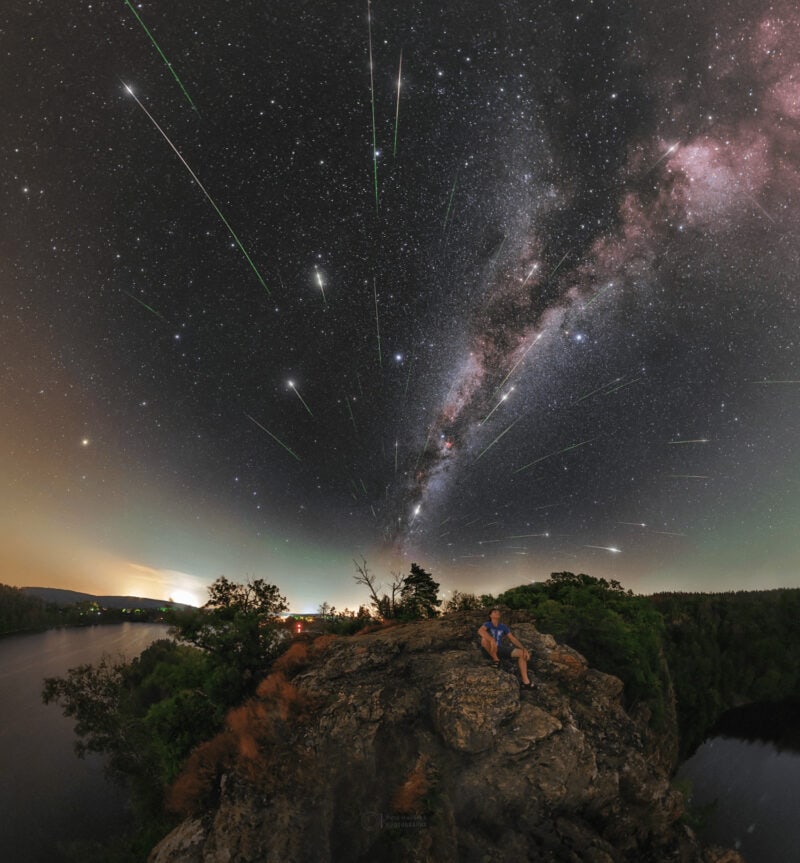
He shared with us some insight into how he goes about his art. Enjoy.
What’s your current focus in astrophotography?
I am fully focused on landscape astrophotography.
I believe it brings a new perspective to people living in harmfully light-polluted regions who never see the beauty of the night sky.
These wide-angle views capture structures of the Milky Way, Zodiacal Light, Airglow, and also meteor showers, bright comets, or atmospheric views of eclipses.
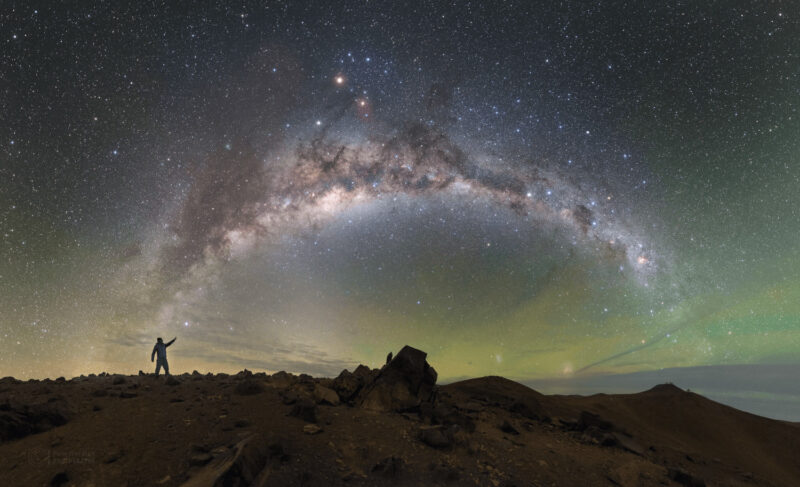
All these things people could enjoy if they understood that light pollution is a serious problem and that one of its negative impacts is the limited night sky observation.
Thus I mostly focus on capturing these views to remind us that we are part of the universe too and we should care about our environment to enjoy its beauty.
I also do moon or planetary astrophotography but only when there is something special coming (such as occultation, unique conjunction, etc.).
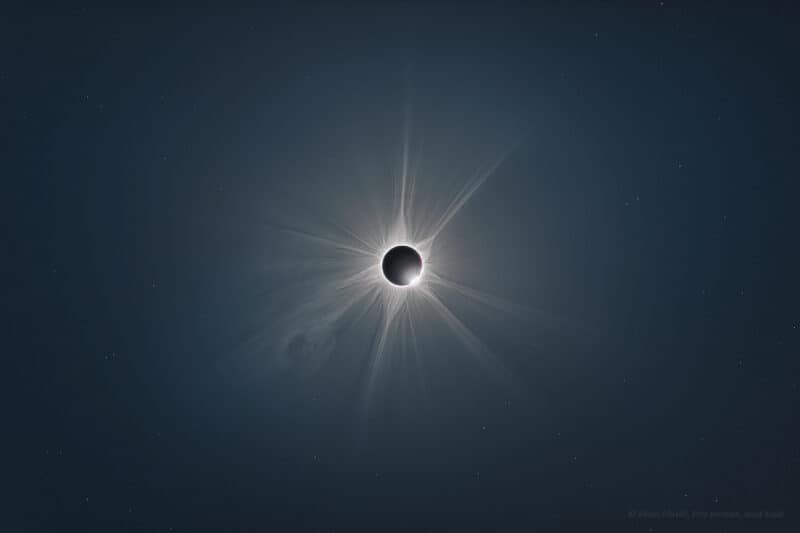
“My images capture unique moments, which I call “pearls of astronomy”, that add to the immeasurable beauty of a dark starry sky. “
How do you plan your imaging?
I do my astrophotography everywhere in the world. Mostly very far away from cities and agglomerations, because of what I mentioned above.
I just always plan to escape from light pollution as far as possible. For that, I use the light pollution map website and always also check the weather forecast for that location.
Then I travel to the place and do the “scouting” to find nice landscapes as well.
This has taken me to very desolate places on this planet, such as:
- Atacama Desert (Chile)
- Namib Desert (Southern Africa)
- Boa Vista Island (Cape Verde)
- Canary Islands (Spain)
- New Zealand
- Australia’s outback locations
- Uganda
- Poloniny Dark Sky Park (Slovakia)
- and many more…
Exceptions are, of course, unique phenomena which have limited visibility, so I cannot always escape from the light pollution. But these phenomena usually don’t need dark sky (especially when talking about total solar eclipses).
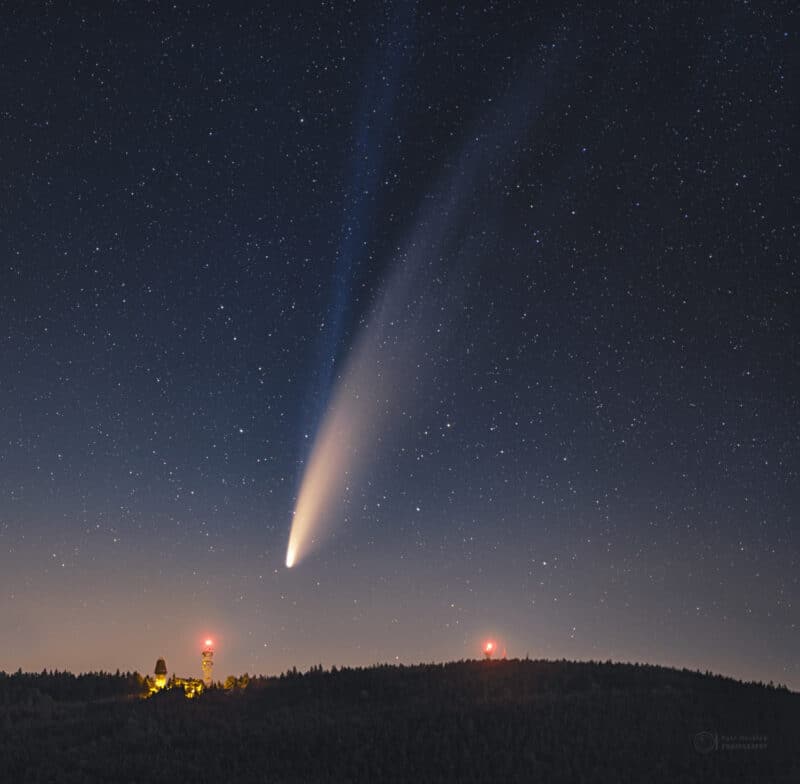
What equipment do you use?
Mostly I use very basic cameras, lenses and a durable tripod.
My cameras are:
- Canon EOS Ra
- Canon EOS 6D (astro-modified)
My lenses are all prime, wide-angle:
A small mount (such as the Vixen Polarie U) is also very helpful, especially when a very faint structure of sky phenomenon can be revealed (for example a faint nebula or the Gegenschein).
This gives me a chance to capture very nice panoramic images of the night sky.
Exceptions are solar eclipses or lunar phenomena, where I use an old Russian MTO 1100mm telephoto lens, with a 1.4x teleconverter to get more detail.
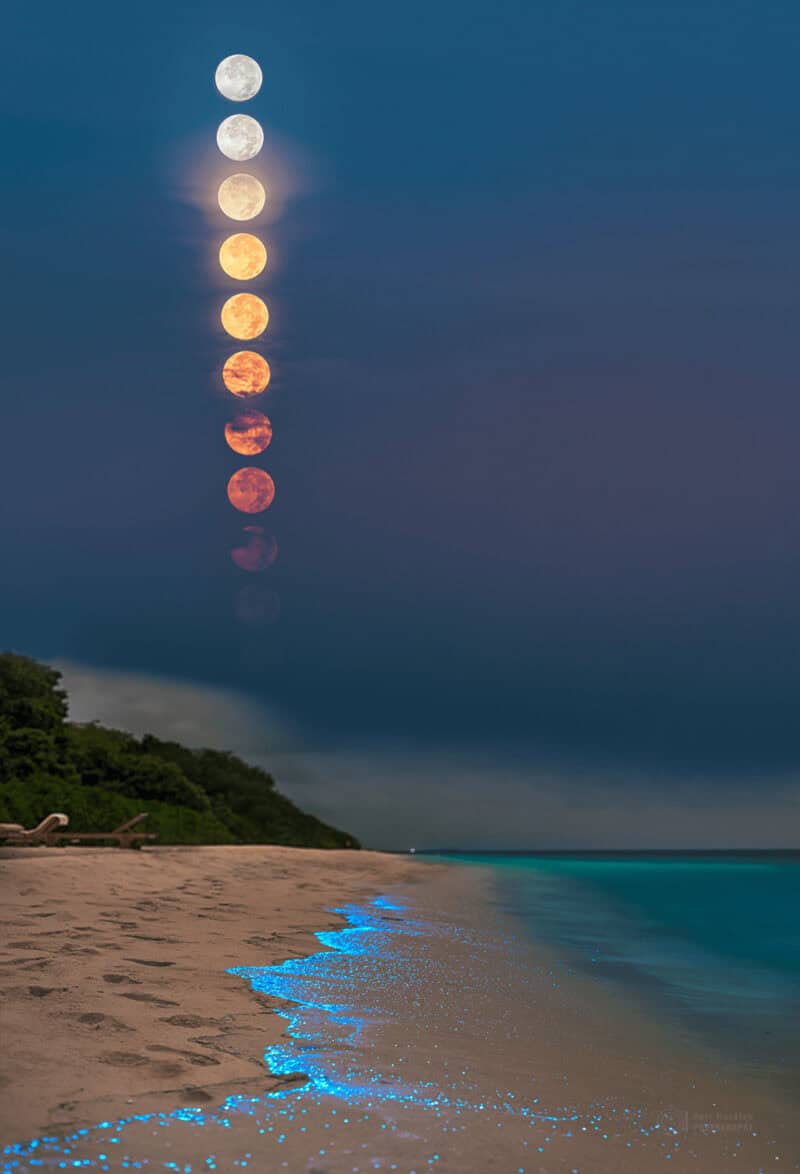
What do you do for post-processing?
Every phenomenon or object in astrophotography requires an individual attitude.
So each astrophotography project requires different usage of a chain of software for specific tasks. For instance:
- Calibration in Deep Sky Stacker
- Pre-adjustments in Lightroom Classic
- Star removal to produce comet images and stack the tail structures in StarNet.
And many more for specific tasks.
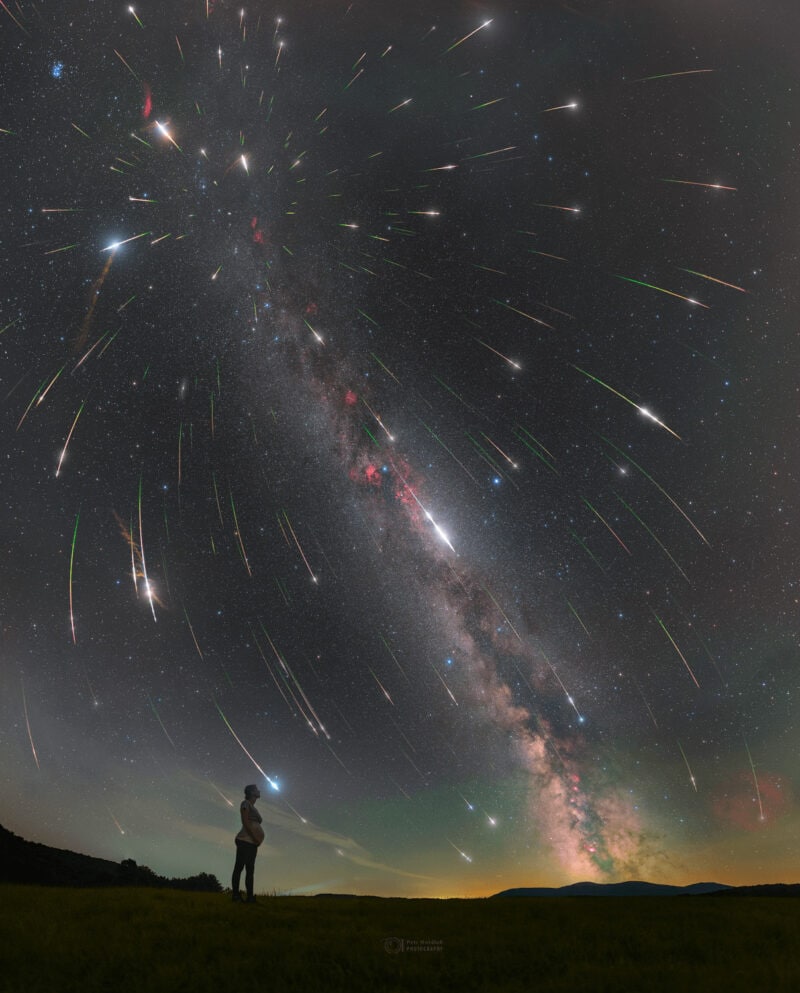
What learning resources do you recommend for other astrophotographers?
Actually, I learnt all by myself, so I don’t know!
I always did experiments based on my astronomy or astrophotography experiences and the results of these moved me forward.
So my tip is just to study astronomy or the basics of astrophysics from trustworthy sources and then use this knowledge for astrophotography itself. I recommend:
- European Southern Observatory – there are some good videos here,
- Alyn Wallace’s videos – unfortunately, there will be no more as Alyn sadly passed away.
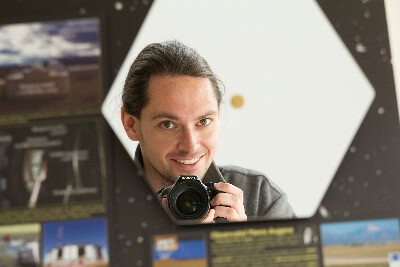
About You – Petr Horálek
I was born in 1986 in Czechia, and studied Theoretical Physics and Astrophysics at Masaryk University Brno.
After my studies, I worked briefly as an observer of fireballs at the Department for Interplanetary Matter of the Astronomical Institute of Academy of Sciences of Czechia.
During this period I fell in love with astrophotography and decided to take a year-long trip around the world to improve my skills in that field.
As a citizen of a light-polluted Czechia, I decided to capture the night skies above the naturally dark places in the world to show people in polluted cities what are they missing (not only) above their heads.
A long route through the Canary Islands, Australia, New Zealand, the Cook Islands, and South Africa brought me also into the heart of the Atacama Desert at ESO’s La Silla and Paranal Observatory in 2015.
I specialises in photographing rare night-sky phenomena. My images capture unique moments, which I call “pearls of astronomy”, that add to the immeasurable beauty of a dark starry sky. Something, I think that everyone should see at some point in their lives.
People can follow me here:
